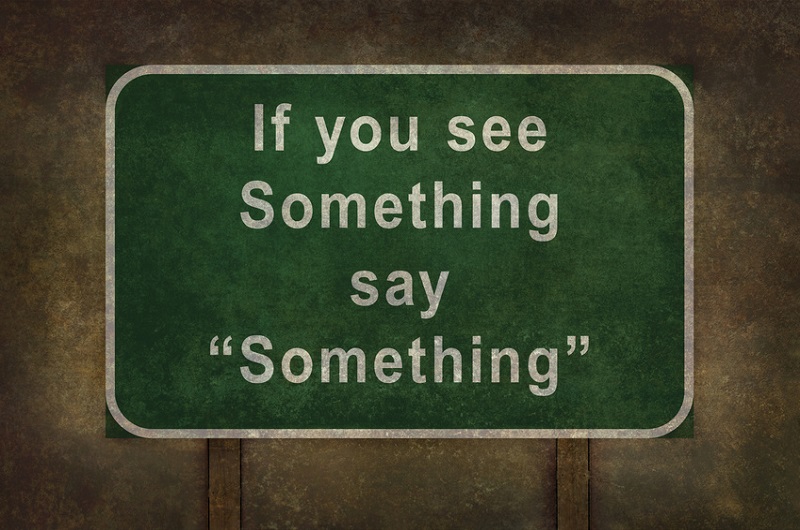Seeing Something and Saying Something: An Important Part of Emergency Preparedness
Last week, a series of explosive devices detonated in the New York and New Jersey area. No one was killed; however, multiple citizens were injured. The person responsible for these events was arrested after a shootout with police and the subsequent investigation linked him to possible terrorist organizations because of personal travel to Pakistan and Afghanistan. What is significant in this case are the steps that led to the identification and apprehension of this individual. The authorities working in collaboration with the general public were able to locate the suspect based on information provided and information received. Or in other words, someone saw something and then said something, which brought this criminal to justice.
Seeing Something
So what did we see? Specifically, a surveillance video of the suspect dragging a duffel bag near the site of the New York explosion, and the location where police eventually found an undetonated suspicious pressure cooker four blocks away. The person is easy to identify because a clear image of the subject appears in the video. From the footage, photographs were made available to the general public through television, social media, and the Internet. The “Seeing Something” component was in full gear and then it was time for the “Saying Something” aspect to kick in, which it eventually did.
Saying Something
Other critical developments were the identification of the suspect’s name through a fingerprint on the unexploded pressure cooker. Also, the cell phone connected to the pressure cooker provided some clues, including recent calls and the phone’s owner. In addition, electronic toll records showed a car to which the suspect had access was driven from New Jersey to Manhattan and back again on the day of the bombing. The owner of a bar in Linden, New Jersey, spotted the suspect sleeping in the doorway of his building and called the police as he recognized the subject after seeing pictures on television. It took 48 hours from the time of the first explosion to arrest the suspect.
Be Prepared
Being prepared is not just the Boy Scouts’ motto—it’s also important when it comes to protecting against potential emergency events. The steps necessary to mitigate the incident begins with identifying the event as a possible emergency (e.g., seeing) and then making the proper notification (e.g., saying). If your organization has an emergency management plan, then your people will know what to do when it comes to a potential incident, such as a suspicious package or unauthorized intruder. None of this can happen efficiently and effectively without the proper preparation, planning, and training necessary to respond to a crisis. And the best way to implement these measures is to capture the necessary procedures in an all-hazards emergency plan.
The Lake Forest Group offers an all-hazards approach to prepare for all kinds of emergencies. Since most emergency plans rarely cover everything that might be required for an incident, the plan needs to be adaptable to circumstances, innovative, and, when necessary, improvisational. An all-hazards plan provides a basic framework for responding to a wide variety of emergencies. Contact me at [email protected] or 312.515.8747 to find out more—or share this blog post with someone in your industry.

